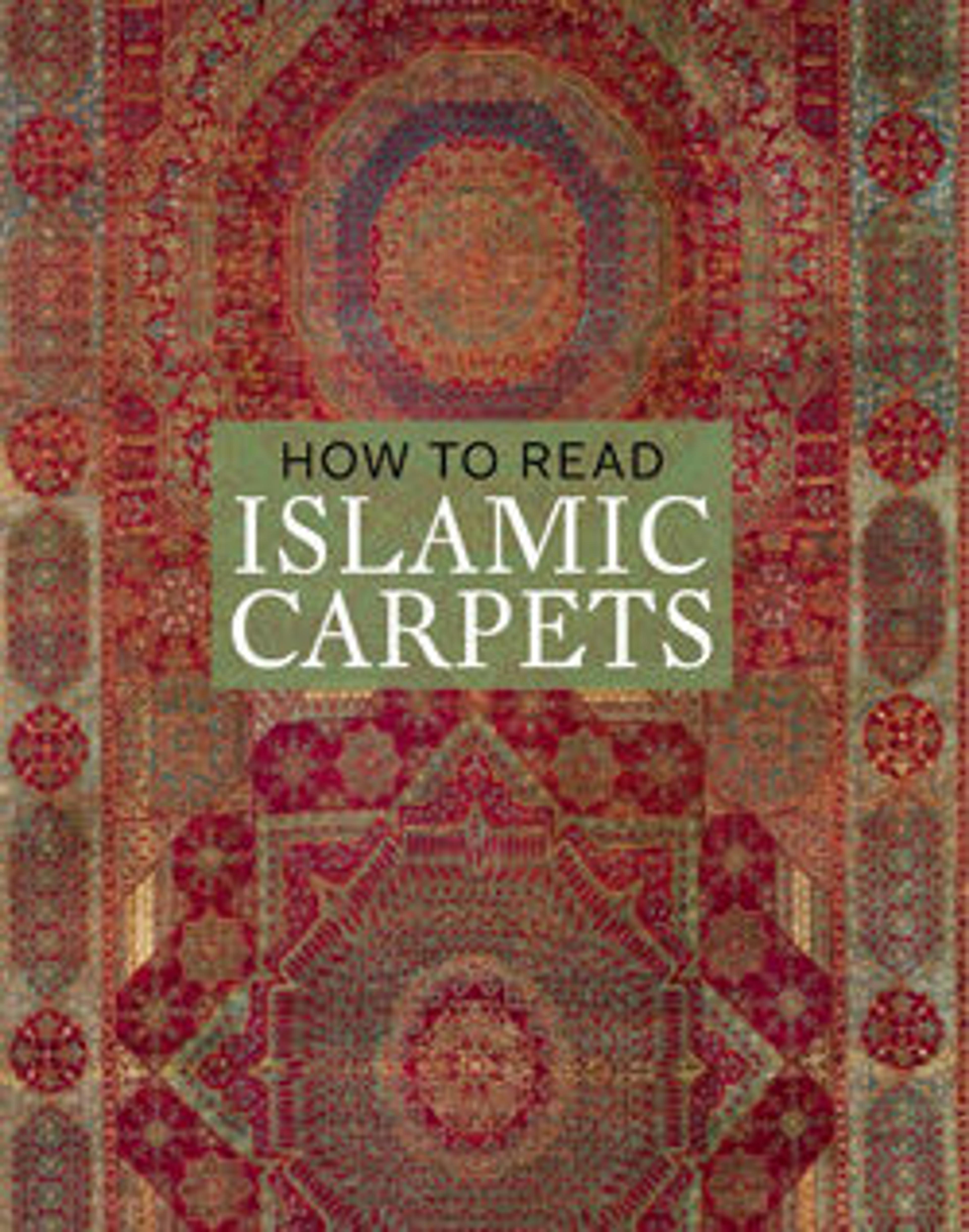"Senneh" Prayer Rug
This tapestry-woven prayer rug is an example of the fine production of Sanandaj, a center in the province of Kurdistan in northwestern Iran. The tapestry technique (kilim) makes it lighter and more fragile than a knotted pile rug, and such objects were often used as decorative wall hangings. The change of colors in the densely patterned rows of flowers enlivens the otherwise simple composition of an arched mihrab, or prayer niche, filled with flowers within and outside the niche.
Artwork Details
- Title: "Senneh" Prayer Rug
- Date: late 18th–early 19th century
- Geography: Attributed to Northwestern Iran, Sanandaj
- Medium: Cotton (warp), wool (weft); tapestry-woven
- Dimensions: L. 64 1/2 in. (163.8 cm)
W. 48 1/4 in. (122.5 cm) - Classification: Textiles-Rugs
- Credit Line: Gift of Joseph V. McMullan, 1970
- Object Number: 1970.302.8
- Curatorial Department: Islamic Art
More Artwork
Research Resources
The Met provides unparalleled resources for research and welcomes an international community of students and scholars. The Met's Open Access API is where creators and researchers can connect to the The Met collection. Open Access data and public domain images are available for unrestricted commercial and noncommercial use without permission or fee.
To request images under copyright and other restrictions, please use this Image Request form.
Feedback
We continue to research and examine historical and cultural context for objects in The Met collection. If you have comments or questions about this object record, please complete and submit this form. The Museum looks forward to receiving your comments.
